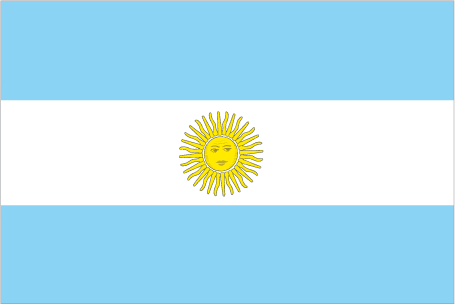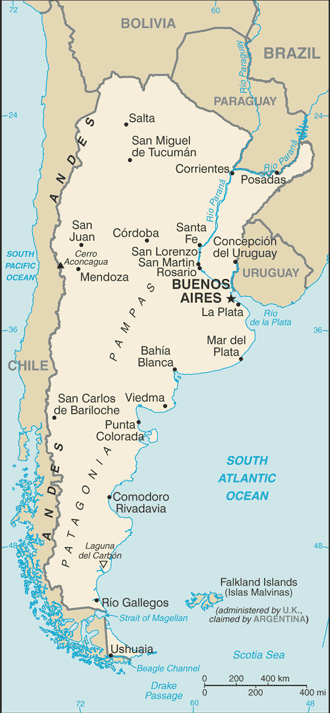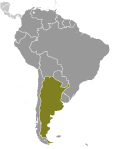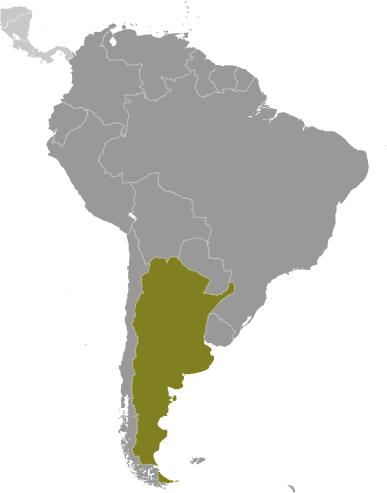|

Administrative divisions (GPS Maps)
Geography
People and Society
Government
Economy
Communications
Transportation
Military |
 |
 In 1816, the United Provinces of the Rio Plata declared their independence from Spain. After Bolivia, Paraguay, and Uruguay went their separate ways, the area that remained became Argentina. The country's population and culture were heavily shaped by immigrants from throughout Europe, but most particularly Italy and Spain, which provided the largest percentage of newcomers from 1860 to 1930. Up until about the mid-20th century, much of Argentina's history was dominated by periods of internal political conflict between Federalists and Unitarians and between civilian and military factions. After World War II, an era of Peronist populism and direct and indirect military interference in subsequent governments was followed by a military junta that took power in 1976. Democracy returned in 1983 after a failed bid to seize the Falkland Islands (Islas Malvinas) by force, and has persisted despite numerous challenges, the most formidable of which was a severe economic crisis in 2001-02 that led to violent public protests and the successive resignations of several presidents. In 1816, the United Provinces of the Rio Plata declared their independence from Spain. After Bolivia, Paraguay, and Uruguay went their separate ways, the area that remained became Argentina. The country's population and culture were heavily shaped by immigrants from throughout Europe, but most particularly Italy and Spain, which provided the largest percentage of newcomers from 1860 to 1930. Up until about the mid-20th century, much of Argentina's history was dominated by periods of internal political conflict between Federalists and Unitarians and between civilian and military factions. After World War II, an era of Peronist populism and direct and indirect military interference in subsequent governments was followed by a military junta that took power in 1976. Democracy returned in 1983 after a failed bid to seize the Falkland Islands (Islas Malvinas) by force, and has persisted despite numerous challenges, the most formidable of which was a severe economic crisis in 2001-02 that led to violent public protests and the successive resignations of several presidents. |
|
Advertisements
|
Advertisements
|
Administrative divisions (51,667 GPS Maps)
Argentina (general)
(1,956)
|
Buenos Aires
(9,330)
|
Catamarca
(1,727)
|
Chaco
(917)
|
Chubut
(2,465)
|
Cordoba
(3,529)
|
Corrientes
(2,366)
|
Distrito Federal
(169)
|
Entre Rios
(1,923)
|
Formosa
(1,487)
|
Jujuy
(1,542)
|
La Pampa
(1,170)
|
La Rioja
(1,599)
|
Mendoza
(2,595)
|
Misiones
(589)
|
Neuquen
(2,226)
|
Rio Negro
(1,539)
|
Salta
(2,986)
|
San Juan
(1,481)
|
San Luis
(1,379)
|
Santa Cruz
(3,187)
|
Santa Fe
(2,397)
|
Santiago del Estero
(1,837)
|
Tierra del Fuego...
(517)
|
Tucuman
(754)
|
--- There are no comments yet ---
Add a new comment:
|
Advertisement
Members area
Argentina (Buenos Aires):
GPS points from Argentina (Buenos Aires)
|





